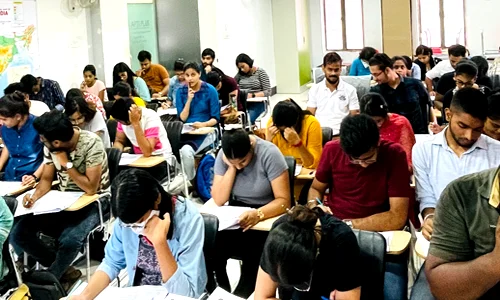



Particulate Matter, especially the ultrafine PM1 fraction, has emerged as a major public-health concern in India due to its ability to penetrate deep into the lungs, enter the bloodstream and carry highly toxic metals and reactive chemicals. Studies show PM1 is more harmful than PM2.5, yet it remains unmonitored in India’s regulatory framework, creating a significant data and policy blind spot. Research from Delhi reveals PM1 is often underestimated by nearly 20%, masking true exposure levels during severe pollution episodes. The implications are extensive—rising cardiovascular and child-health risks, high indoor infiltration, delayed policy action, and strong climate linkages through black carbon. While India has launched multiple initiatives such as NCAP, GRAP, BS-VI norms, PMUY and stubble-management schemes to curb PM pollution, the absence of PM1 standards limits their effectiveness. Integrating PM1 into national monitoring, regulation and health studies is now essential for comprehensive air-quality governance.
Click to View MoreDelhi’s air pollution crisis is primarily caused by emissions from vehicles, industries, construction, power plants, waste burning, and seasonal crop stubble fires, worsened by stagnant winter weather. Cloud seeding, which disperses chemicals like silver iodide into existing clouds to induce rainfall, has been proposed as a temporary measure to wash away pollutants. However, its effectiveness is limited, dependent on suitable clouds, and provides only short-term relief. It also raises environmental, ethical, and accountability concerns.
Click to View More
© 2025 iasgyan. All right reserved